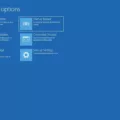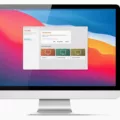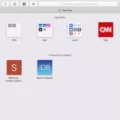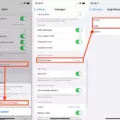Solid State Drives or SSDs are a popular storage option for modern computers. They offer faster read and write speeds compared to traditional hard disk drives, making them ideal for running operating systems and frequently used applications. However, just like any other storage device, SSDs can also get filled up with data over time, causing performance issues and errors. In this article, we will discuss what might be taking up space on your SSD and how to free up some of that space.
Firstly, it is essential to understand that SSDs work differently from traditional hard disk drives. While HDDs store data on spinning magnetic disks, SSDs use flash memory to store information. This means that SSDs do not have any moving parts, making them more reliable and faster. However, SSDs have a limited number of read and write cycles, and each time you save or delete data, it wears out the flash memory cells. Therefore, it is best to avoid filling up your SSD to its maximum capacity, as this can lead to data loss and system crashes.
So, what might be taking up space on your SSD? There are various reasons why your SSD might be full, including:
1. Operating System and System Files: Your operating system and system files take up a considerable amount of space on your SSD. Windows 10, for example, requires at least 20GB of space to install, and this can increase over time with updates and new features.
2. Applications and Programs: The applications and programs you have installed on your computer can also take up a lot of space on your SSD. Some programs, like video editing software, can take up multiple GBs of storage.
3. Temporary Files and Cache: Your computer generates temporary files and cache data as you use it, and these files can accumulate over time, taking up valuable space on your SSD.
4. Media Files: Photos, videos, and music files can take up a lot of space on your SSD, especially if you have a large collection.
Now that you know what might be taking up space on your SSD, let’s look at some ways to free up some of that space:
1. Uninstall Unused Programs: Go through your list of installed programs and uninstall any that you no longer use or need. This will free up space on your SSD and help improve performance.
2. Delete Temporary Files and Cache: Use a disk cleanup tool or manually delete temporary files and cache data to free up some space on your SSD.
3. Move Media Files to External Storage: If you have a large collection of photos, videos, or music, consider moving them to an external hard drive or cloud storage to free up space on your SSD.
4. Disable Hibernation: Hibernation mode saves the system state to the hard drive when you shut down your computer, allowing you to resume where you left off. However, this can take up a lot of space on your SSD. You can disable hibernation mode to free up some space.
SSDs are a reliable and fast storage option for modern computers. However, they can also get filled up with data over time, causing performance issues and errors. Understanding what might be taking up space on your SSD and taking steps to free up some of that space can help improve your computer’s performance and reliability.
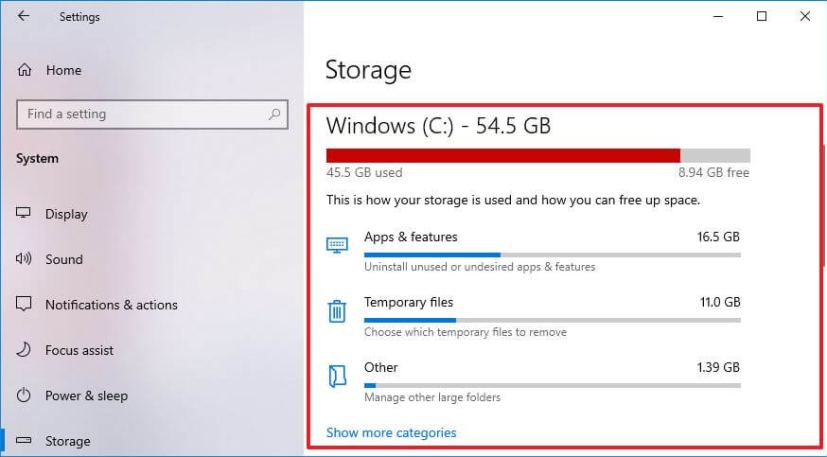
Investigating Unexplained Fullness of an SSD
There could be several reasons why your SSD is showing full even though you haven’t added any new files recently. Here are some of the common causes:
1. Hidden files and folders: Sometimes, your operating system may hide certain files and folders by default. These files can take up a significant amount of storage space, especially if you have large files or programs that are hidden. To check if this is the case, you can unhide the files and folders by following these steps:
– Open File Explorer and click on the “View” tab
– Check the “Hidden items” box
– Check if there are any large files or folders that were hidden before
2. Temporary files: Your computer creates temporary files as you use it, and these files can accumulate over time, taking up valuable storage space. You can delete these files by following these steps:
– Press the Windows key + R to open the Run dialog box
– Type in “temp” and press Enter
– Select all the files and folders in the temp folder and delete them
3. System restore points: Your computer may be creating a system restore points automatically, which can take up a lot of space over time. To delete system restore points, follow these steps:
– Press the Windows key + R to open the Run dialog box
– Type in “sysdm.cpl” and press Enter
– Click on the “System Protection” tab
– Select your SSD and click on “Configure”
– Click on “Delete” to remove all system restore points
4. Large programs or files: If you have large programs or files on your SSD, they can take up a lot of space. You can check which programs or files are taking up the most space by following these steps:
– Open File Explorer and right-click on your SSD
– Click on “Properties”
– Click on “Disk Cleanup”
– Select the files or programs you want to delete
By following these steps, you should be able to free up some space on your SSD and determine why it was showing full for no reason.
What is Using Up Space on My Windows 10 SSD?
When it comes to identifying what is taking up space on your SSD in Windows 10, there are a few steps you can take. Firstly, you can open the Settings menu and navigate to the System option. From here, click on Storage and you will be presented with a breakdown of what is taking up space on your hard drive.
Under the “Local Disk (C:)” section, you will see a list of categories such as Apps & features, Documents, and Pictures. Clicking on any of these categories will provide you with a more detailed breakdown of what specific files or programs are taking up space within that category.
Additionally, you can click on the “Show more categories” option to view the storage usage from other file types such as Temporary Files and System files. This can provide further insight into what is taking up space on your SSD.
It is also worth noting that certain programs or applications may have their own designated folders on your hard drive, such as the Downloads folder or the AppData folder. Checking these folders can also help you identify what is taking up space on your SSD in Windows 10.
Taking these steps can help you identify what is taking up space on your SSD in Windows 10 and allow you to take action to free up space if needed.
Conclusion
SSDs have become increasingly popular in recent years due to their fast read and write speeds, durability, and reliability. They are an excellent choice for those who need quick access to data and want to improve the performance of their computers. However, as with any storage device, it is important to be aware of the limitations of SSDs, such as their finite lifespan and the potential for data loss in the event of a power outage. It is also crucial to regularly monitor the available storage space on an SSD and take steps to free up space when necessary. By following these best practices, users can maximize the performance and lifespan of their SSDs, ensuring that they continue to provide speedy and reliable storage for years to come.






